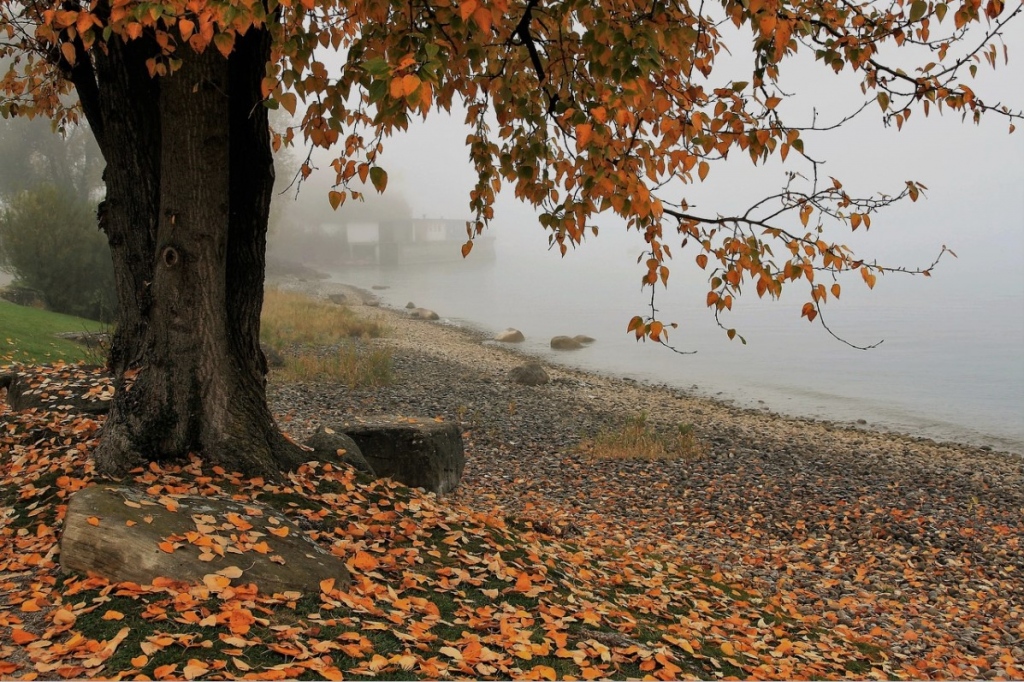Trees can decorate a yard in a natural way, and it is nice to see their multicolored leaves on the ground in the autumn months. Trees are also a favorite object for climbing for young, active children. Unfortunately, sometimes a tree will rot. When this occurs in the yard outside a home, it can create a dangerous situation. The following are some different ways to handle a rotting tree
Signs of Tree Rot
In most cases, a tree will have endured a significant amount of rotting before the condition is even noticeable. The reason for this is because a tree will generally rot from the inside out as a fungus starts causing the internal regions of the tree to deteriorate. If the tree starts leaning, producing fruiting mushrooms, exhibits wilting leaves, falling branches, fine sawdust like particles at the base of the tree or v-shaped, rather than u-shaped, splitting points in the trunk, then these are common signs that indicate that a tree may be rotting.
Contact an Arborist
If a person suspects that a tree in their yard might be rotting, it may be time to consider calling an arborist. This is especially the case if the tree is a fall risk near a home. An arborist will be able to diagnose the extent of the damage to discern if the tree is worth saving or not. Sometimes what looks like a dying tree is really just an issue of lack of nutrients in the soil, or insufficient watering. In these cases, the arborist can help you take steps to make the tree healthy again and allow you to keep it.
However, when there are signs of rot or decay, that can be a major red flag. If the arborist sees any kind of mushroom growth on the tree, then the tree will likely not be possible to save. Having an arborist inspect the tree to figure out the cause of the tree’s death is still important, however, as it may be due to a tree disease that can spread to other trees, or an infestation under the bark.
Helping a Struggling Tree
If a tree is not yet exhibiting mushroom growth, then a few steps can be taken to help the tree to become healthy again. Cutting off dead branches and suckers will be a useful measure to take to ensure improved healing to the tree. Mulching the tree properly can be another important step to take to ensure a healthier tree. Using the right kind of fertilizer and reducing stressors, such as bug infestations and drainage issues, will also give a tree a fighting chance.
Removing a Rotten Tree
When all else fails, sometimes the only option is to remove a rotting tree. This is especially the case when the tree is leaning towards a dwelling, or if someone might be harmed by a collapsing tree. If the rotting tree is huge or tricky to remove, then it is best to call a tree removal service. Generally this will involve cutting the tree down. The service may cut up the tree into smaller logs, or they may even offer to hall it away for an additional small fee.
After trying to save a rotting tree, it often becomes evident that it was going to need to be removed anyway. While this may initially make a yard look barren, this does not have to remain the case for long. It is always possible to plant new trees in place of removed ones to revamp the way a yard looks. However, the longer a rotting tree is left in place without care or removal, the greater the danger becomes to your house and property.
